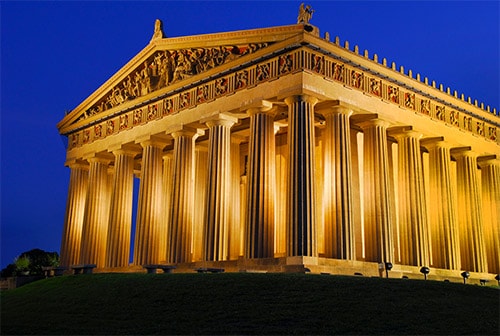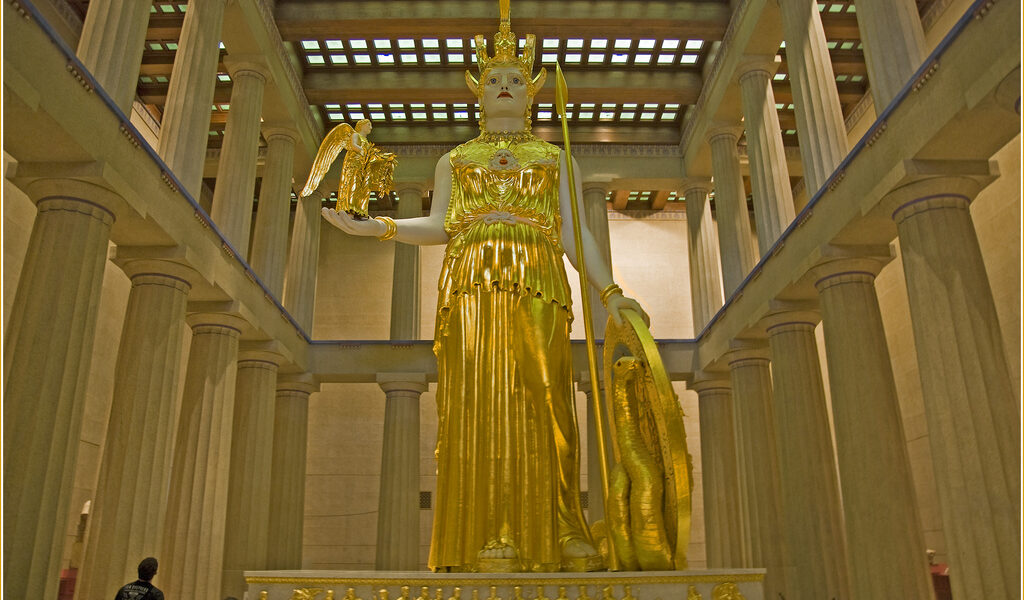With debate reignited between Greece and the United Kingdom in recent months concerning the restitution of the Parthenon Sculptures, we thought it appropriate to remind readers of the “intact” sculptures and-all Parthenon temples built in the United States. That’s right. In Nashville, Tennessee you will find a full-scale replica of the Parthenon, which was built by the Americans in 1897 in honour of the Ancient Greeks.
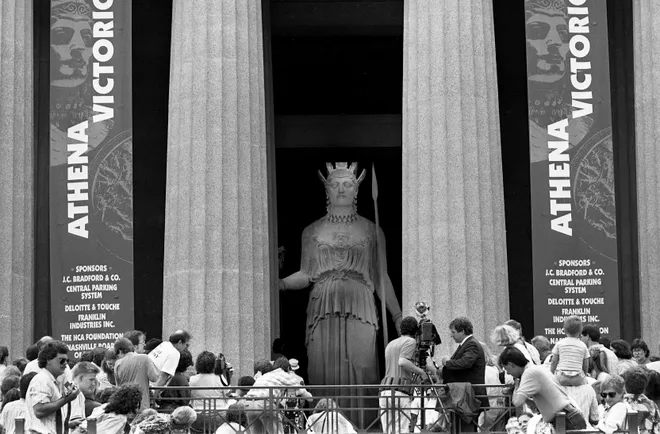
Known as ‘Athens of the South,’ the re-creation features all the fine details and aspects of the original Parthenon, which was constructed in the Greek capital of Athens on the Acropolis in 447 BC.
The replica was designed by Confederate veteran William Crawford Smith and built back in 1897 in a large public park just west of downtown Nashville. Today the Parthenon functions as an art museum and Alan LeQuire’s 1990 re-creation of the Athena Parthenos statue in the naos (the east room of the main hall) is the focus of the Parthenon just as it was in ancient Athens.
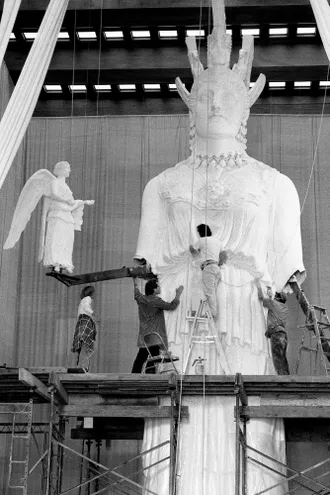
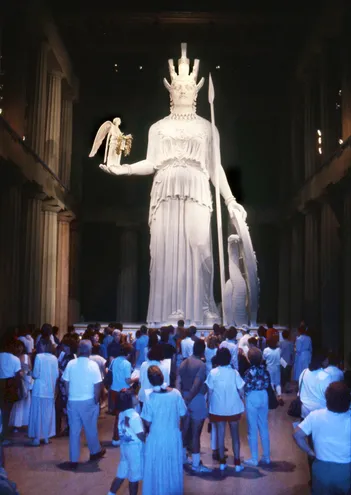
Since the building is complete and its decorations were painted in colors as close to the presumed original as possible, this replica of the original Parthenon in Athens serves as a monument to what is considered the pinnacle of classical architecture.
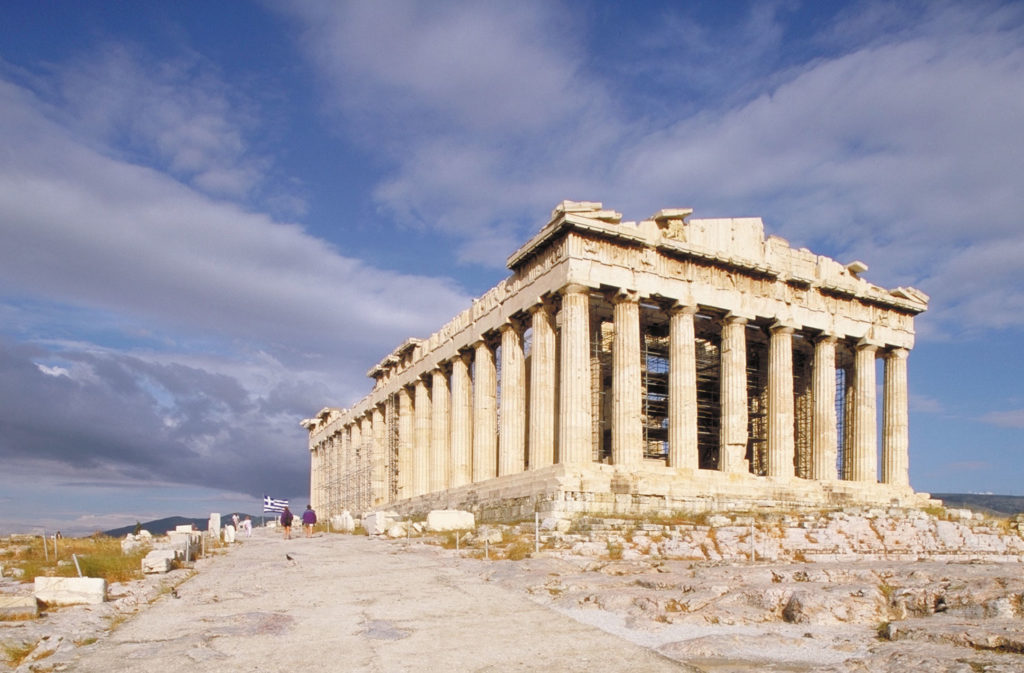
The plaster replicas of the Parthenon Sculptures found in the Treasury Room are direct casts of the original sculptures which adorned the pediments of the Athenian Parthenon, dating back to 438 BC.
Major Eugene Castner Lewis was the director of the Tennessee Centennial Exposition and it was at his suggestion that a reproduction of the Parthenon should be built in Nashville to serve as the centerpiece of Tennessee’s Centennial Celebration.
Originally built of plaster, wood, and brick, the Parthenon was not intended to be permanent, but the cost of demolishing the structure combined with its popularity with residents and visitors alike resulted in it being left standing after the Exposition. In 1895 George Julian Zolnay was “employed to make models for the ornamentation” for the building. Within the next 20 years, the weather had caused deterioration of the landmark and it was then rebuilt on the same foundations, in concrete, in a project that started in 1920 and the exterior was completed in 1925 and the interior in 1931.
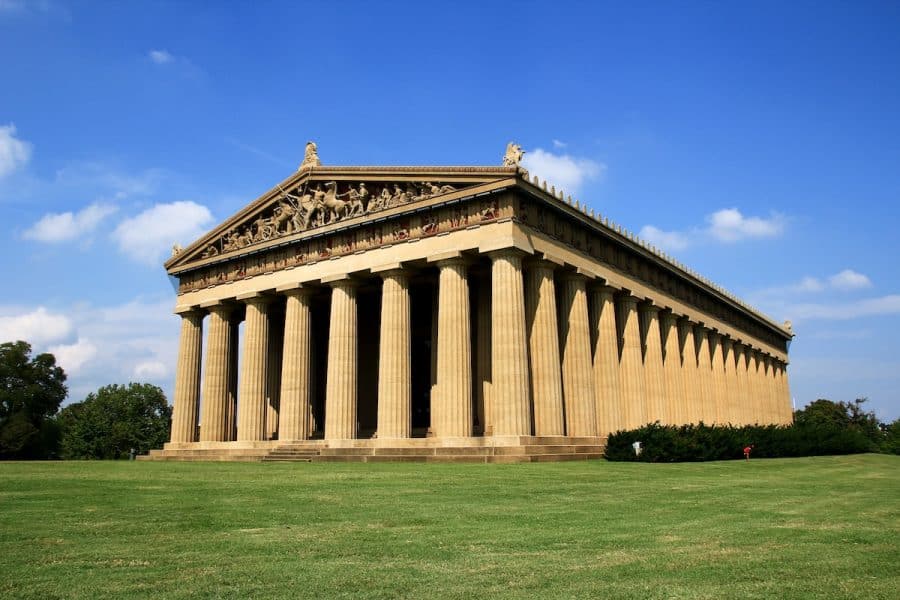
Some of the most spectacular events of Nashville took place at the Parthenon, including the Spring Pageants of 1913 and 1914 and the entire city of Nashville reveled in the opportunity to celebrate the ‘Athens of the South.’
As an art museum, the Parthenon’s permanent collection on the lower level is a group of 63 paintings by 19th and 20th century American artists, donated by James M. Cowan. Additional gallery spaces provide a venue for a variety of temporary shows and exhibits. The main level contains a replica, completed in 1990, of the Athena Parthenos statue that was in the original Parthenon in Athens.
The statue of Athena Parthenos is a reconstruction, to careful scholarly standards, of the long-lost original.
In the summertime, local theater productions use the building as a backdrop for classic Greek plays such as Euripides‘ Medea and Sophocles’ Antigone, performing (usually for free) on the steps of the Parthenon. Other performances, such as Mary Zimmerman’s Metamorphoses, have been done inside, at the foot of Athena’s statue.
The Parthenon received a full makeover in 2002 with a much-needed cleaning and restoration of the exterior. The exterior lighting was upgraded to allow the columns of the building to be illuminated with different colors than the facade, allowing a uniquely versatile display of effects for events. It has become one of the most loved monuments in Tennesee by both locals and visitors.
